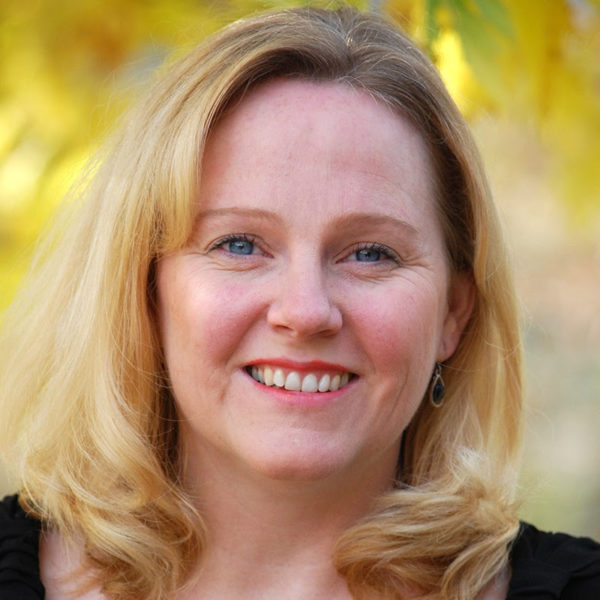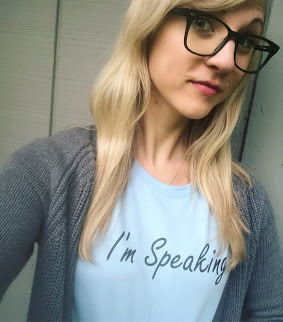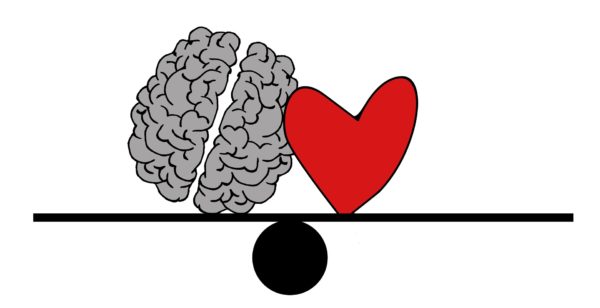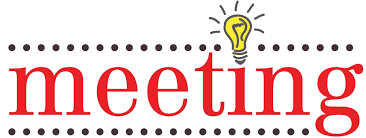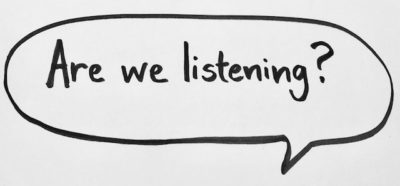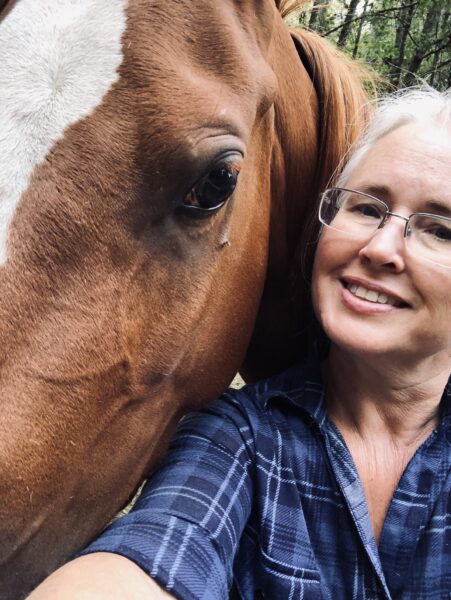
This blog is about the intersection of my teaching life and my relationship with horses. Not a horse person? No problem. You might have another passion – cats, science fiction, woodwork… It hardly matters. The reality is that analogies are powerful pathways to learning. When we make connections, we gain insight.
Horsemanship strategies have had a bigger impact on my teaching style than any professional development, administrator, or mentor. Most of the lessons I have learned from my four-legged friends would be labeled social/emotional learning, but they also touch on trauma-informed teaching, restorative practices, and student engagement.
Here are just a few truths I have learned from those big beasts:
Fear is not an effective tool for training or discipline.
Adult humans often assume that their status as the elder and more powerful in a relationship affords them the right to insist on hard work and good behavior. Honestly, some students (and horses) are conditioned to respond to this behavior, doing whatever the boss says and trying hard to please. On the other hand, many sensitive creatures do not operate well under these conditions. Just because you have the power does not mean you can force or threaten a kid (or a horse) to do your bidding. They may do it, but it will not be their best work, and it will not be for the best reason. If you want to truly inspire a great performance, you need a trusting relationship.
Building trust takes time.
With any creature, you cannot ask too much too soon. With a horse, you need to take time to prove that you mean no harm. You have to let the animal adjust to your presence, and you have to earn their trust through consistency and fair treatment. This is so true of students, too. Push them too hard before you have earned their trust, and you might break that trust forever. You cannot demand hard work or ask them to take risks if they don’t really know or trust you. Time. You have to invest time in your students to see the best results.
A good leader does not have to be a bully to earn respect.
Once trust is achieved, you can work on building respect for your leadership in the classroom. This is similar to working with horses. They are big and can be dangerous, so it is important that they respect and honor the space of their human leader. It is similar with kids. If they trust you, and you establish firm and fair boundaries, true respect can be earned. They will be happy to do as you ask, without any dramatic effort on your part. With horses, this is all about body language, how you move, where you stand. They are creatures who communicate in silence quite effectively. With students, physical cues are also important, but we humans mainly use words to establish boundaries and build trust. One thing you never do with a horse is block its avenue of escape when it is stressed. This is also wise with students; always give them agency and voice, and you will earn their respect.
You have to give clear cues to get good results.
When you are riding a horse and you ask it to move a particular direction, there is a specific cue for that movement. If you are inconsistent in how you ask, the response will also be inconsistent. The creature is trying to understand your language, but how can it make the correct response if you keep changing the request? Imagine how frustrating it is for any learner when the rules keep changing, or when the instructions are unclear. The only cure in these instances is clear and consistent instruction. If you want students to succeed, they need clarity, consistency and repetition, along with support they can turn to as needed.
“Drive” and “draw” are the keys to engagement.
Recently, I have dabbled in “liberty” training, where the horse is free to interact with you, no equipment, just you on the ground giving cues and trying to get the horse to respond to them. It is very challenging. You have to have a way to send or drive the horse away from you, and then an even more powerful method of “drawing” it back to you. A strong drive is putting them to work and a strong draw is getting their undivided attention. Done right, it looks like magic. In reality, it is the product of good horse and human relationships, clear cues, and rewards for good responses. I see the application to the classroom here, too. I want drive. I want kids to work hard, take risks, and struggle when I ask it of them. I want them to respect my requests and take me seriously. Beyond that, I also want draw. I want them to join up and listen when asked. I want them to be curious about what we are doing next. I want them to be looking for the benefits of our interactions.
Horses are wise teachers and they have taught me to listen carefully, and not just to words. They have taught me to be respectful to earn respect, and to leave a little wiggle room to relieve anxiety. They have humbled me and helped me to understand that I am more powerful in my connections when I am thoughtful, intentional, and kind.
You may not have the privilege of learning these lessons from big beasts like mine, but you get the idea. We become wiser when we are open to the lessons around us. What we learn from our experiences, we can bring to our classrooms to be just a bit better for the students we teach.
I am interested in the philosophies and influences that other educators bring to their work. Where did you learn “everything you needed to know”? Do you have some analogies to share? Leave some ideas in the comments and we can learn from each other.
Meanwhile, here are some related readings for you.
What Teachers Could Learn from Animal Trainers
8 Lessons Horses (Yes, Horses) Can Teach You About Business
Horses Teach Us Life Lessons (Learning Emotional Intelligence with horses)
Equine Assisted Learning: Skills Development through Experiential Learning
